Biodegradable materials
Packaged in beer
Empa researchers have extracted nanocellulose from a waste product of beer brewing and processed it into an aerogel. The high-quality biodegradable material could be used in food packaging.
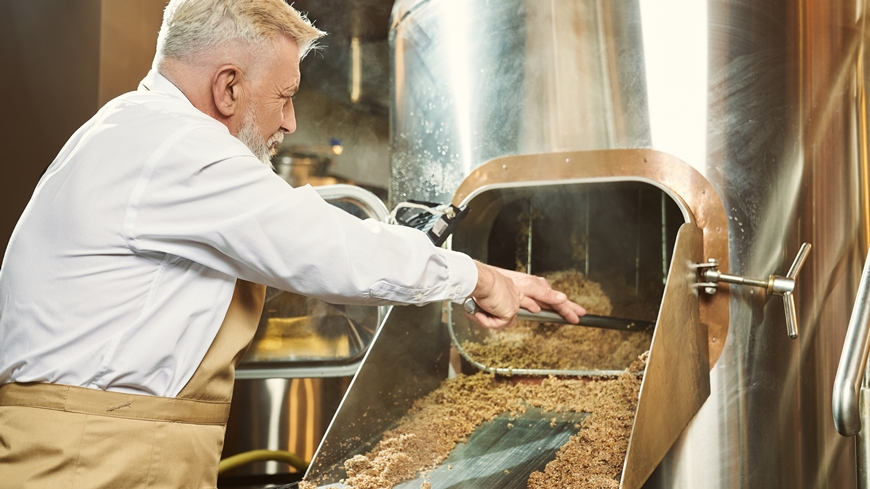
It all starts with the mash: the mixture of malt and water, which is stirred and gently heated for several hours. The resulting liquid is known as the wort, and eventually, several processing steps later, as beer. The remaining malt – known as brewer's spent grain – has a much less glamorous path ahead of it. It usually ends up as animal feed or on the compost heap.
Researchers from Empa's Cellulose and Wood Materials laboratory, led by Gustav Nyström, are looking for ways to valorize this residue. They have developed a process to produce high-quality nanocellulose from brewery waste – a versatile biodegradable raw material that can be processed, for example, into packaging materials or fiber-reinforced polymers. The researchers published their findings in the journal ACS Sustainable Chemistry & Engineering.
Grain instead of wood
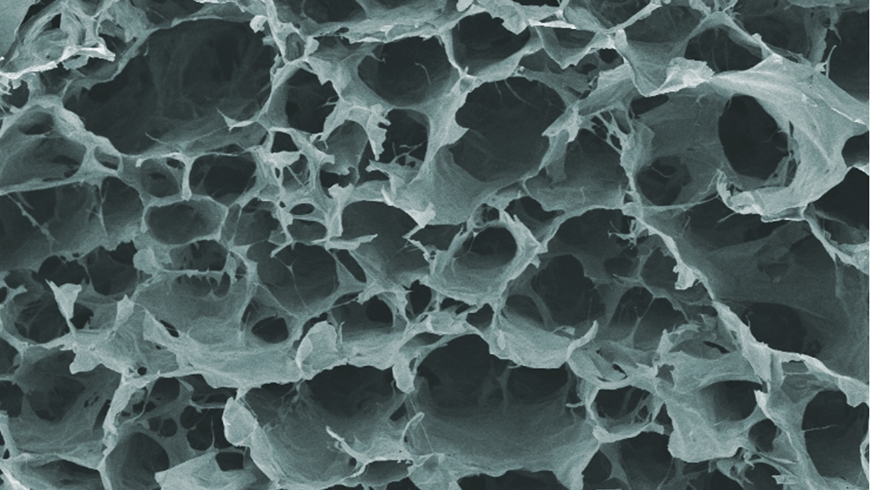
The paper's first author, Nadia Ahmadi Heidari, is a doctoral student at Isfahan Technical University who came to Empa for a year through a Swiss Government Excellence Scholarship. She was particularly interested in making biodegradable packaging materials from waste products – one of the focal points of Empa's Cellulose and Wood Materials laboratory. "We are very interested in exploring new sources of valuable raw materials such as cellulose fibers and lignin," says Gustav Nyström.
At present, micro- and nanofibrillated cellulose products, are usually extracted from wood pulp. But wood is better utilized elsewhere. "Wood is very good at binding CO2 from the atmosphere, but it grows slowly," explains Nyström. "Therefore, it is much better suited for long-lasting applications like construction or furniture." Annual plants, which grow much faster, can be an excellent source of raw materials, but they have hardly been used for this purpose thus far. "With our process, we can obtain high-quality materials from a waste product that is very cheap and available in large quantities, and which is largely discarded today," adds Empa researcher Gilberto Siqueira, co-author of the paper. "This also benefits small companies, which can get more out of the resources they already use."
The spent grain that the researchers used for their experiment came from such a small company, the Pentabier brewery in Dübendorf. They extracted the nanocellulose fibers from the grain and processed them into an aerogel by freeze-drying. This "airy" material contains a large number of pores, which gives it excellent thermal insulation properties. Aerogels can be made from a variety of substances – a particularly well-known example are silica aerogels, which are used in construction. Nanocellulose-based aerogels have the added advantage of being extracted from renewable resources and being biodegradable. The final goal is to use them for packaging, especially for temperature-sensitive foods such as meat.
A simple process
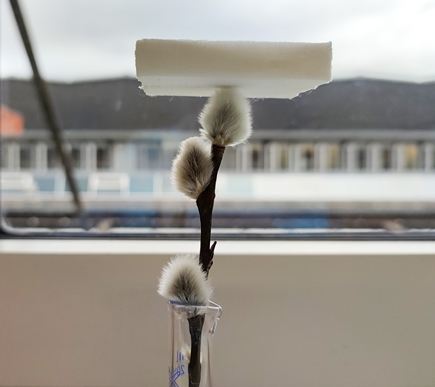
To explore the potential of nanocellulose from brewer's spent grain in greater detail, the researchers varied the individual pretreatment and processing steps in order to test their effects on the final product. For example, the quality of the nanocellulose fibers was improved by bleaching and oxidation of the starting material. Different freezing processes can be used to control the size and orientation of the pores in the aerogel, which in turn influences its insulating and mechanical properties.
"We aimed to keep the whole process as simple as possible," says Siqueira. After all, having a convincing product is not enough to gain traction in the real world – it should also be as simple and inexpensive to manufacture as possible. That's another reason the researchers are interested in extracting raw materials from waste products. "Compared to the agricultural residues, wood is a more expensive source of cellulose and it already has so many applications," Siqueira explains. In further research projects, the scientists are therefore investigating even more residues from the food industry and from forestry. And although Nadia Ahmadi Heidari has already returned to Isfahan, the Empa team is planning another publication together with the young researcher, in which they will describe aerogels from brewer's spent grain in more detail.
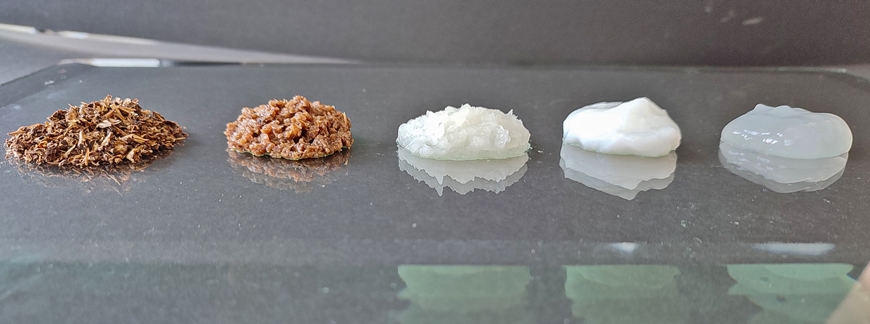
Dr. Gilberto Siqueira
Cellulose & Wood Materials
Phone +41 58 765 4782
gilberto.siqueira@empa.ch
Dr. Gustav Nyström
Cellulose & Wood Materials
Phone +41 58 765 4583
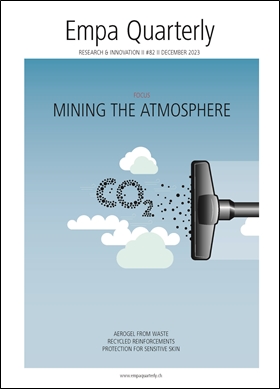
Empa Quarterly#82 Mining the Atmosphere
To limit climate change, we need to compensate not only for future emissions, but also for historical ones. One solution would be the "atmospheric vacuum cleaner": we remove the excess CO2 from the atmosphere. But what do we do with it? Instead of extracting the carbon for polymers, medicines, fibers, fuels and the like from crude oil, we use atmospheric CO2. This is the simple – yet extremely challenging in technical terms – idea behind Empa's new research initiative, Mining the Atmosphere.
Read the EmpaQuarterly online or download the pdf-version.
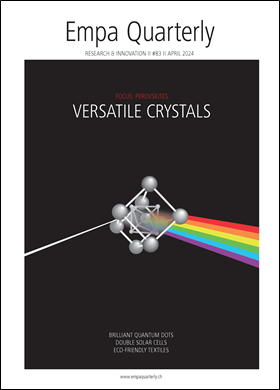
Empa Quarterly#83 Perovskites: Versatile cristals
Over 180 years ago, a curious crystal was discovered in the Ural Mountains. Today, it has given rise to an entire class of materials that is of great interest to researchers: perovskites. What all perovskites have in common is their crystal structure, which gives them unusual properties. By changing the exact composition of the perovskite, scientists can control these properties. Empa researchers are using this promising material to develop solar cells, detectors and quantum dots.
Read the EmpaQuarterly online or download the pdf-version.
-
Share






